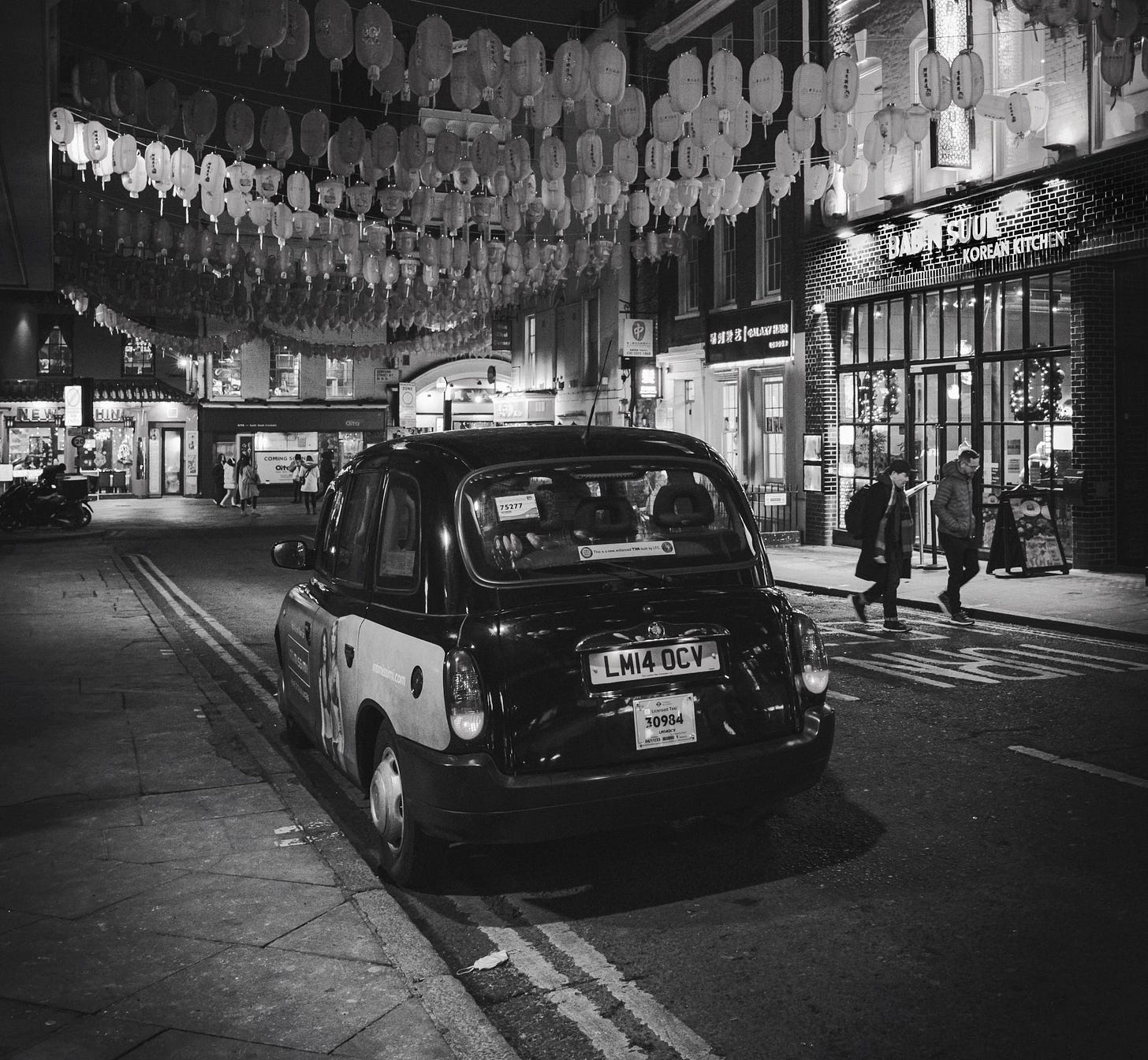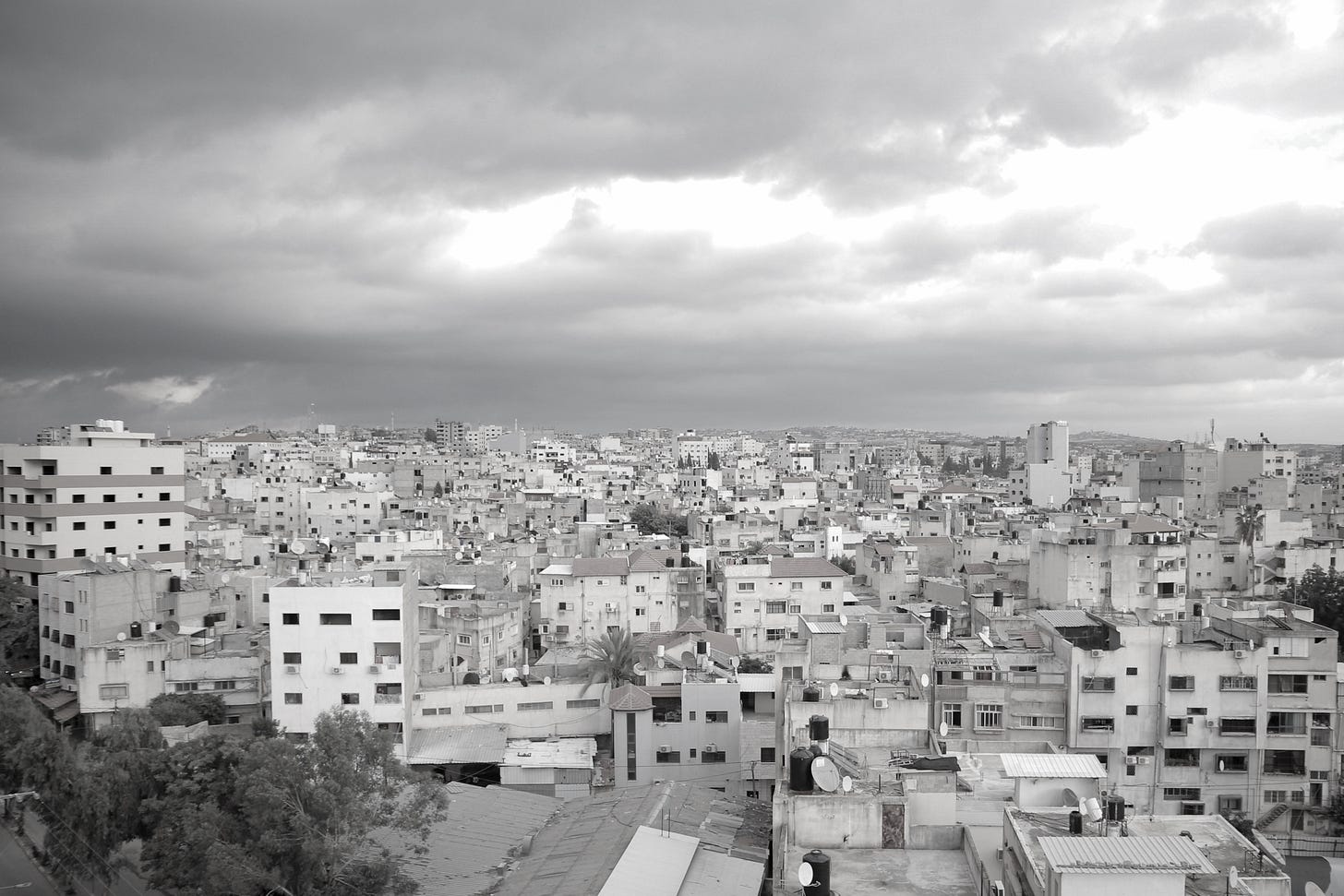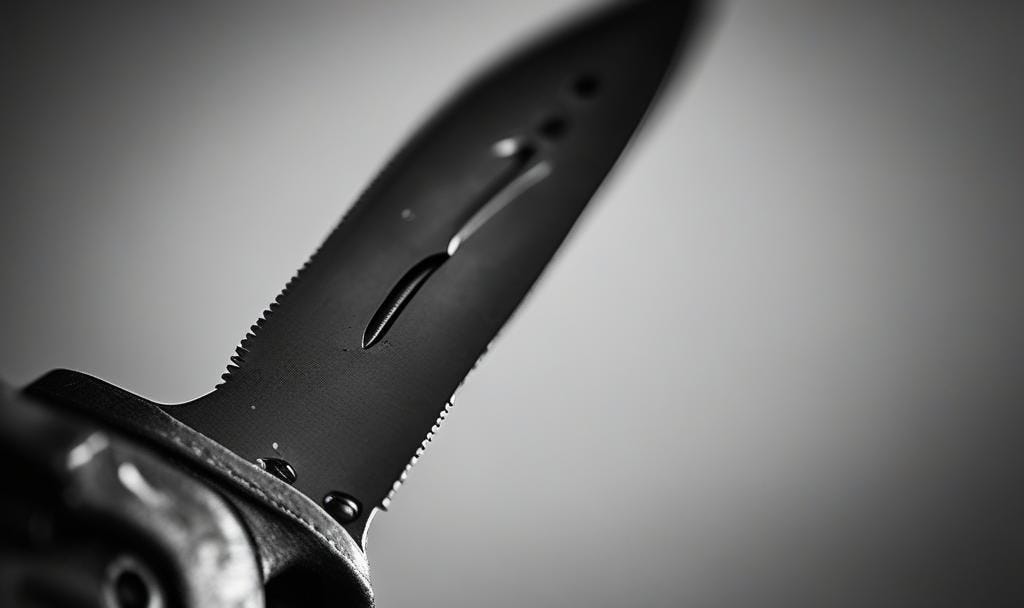"If you are to practice the way of strategy, nothing must escape your eyes."
Miyamoto Musashi, The Book of Five Rings
Of the many forms of aggression synonymous with the UK's infamous street culture, knives are still an all too prevalent tool of violence…
It's not just an urban image, forged by an attention-stealing media; it's a real issue- one that's caught attention, on further shores.
Knife attacks have been unleashed in targeted or sporadic scenarios against people, across sectors. British Member of Parliament, Sir David Amess was stabbed to death in 2021. Another MP, Jo Cox was also killed in a knife attack in 2016.
Fusilier Lee Rigby of the British Army, was stabbed to death, in a terror incident in 2013.
In 2018, model Miles Hurley, the nephew of actress Liz Hurley and his friend were severly injured in a knife attack in 2018, in Nine Elms, London. Talk Show host Graham Norton was also seriously injured during a knife incident in the 1980s.
I mention these to highlight that knife crime has no social barriers; people from different layers of society can be targeted.
Today though is not really about social commentary. Today, we look further at how to reduce your chances of being added to the crime stats.
To better avoid a situation, where blades may be used; it helps if one understands more about why they may be used.
It’s understanding the energies dwelling within and emanating from the potential wielder. In numerous training courses, I've explained about the types of knife attacks that can occur and also some of the specific set ups, criminals will use.
Tri-Tier is an approach that very much addresses edged weapon survival.
Of course, it is within our training sessions, where more can be shared. Right now though, we can still hone in, on the different types of attacker that roam the streets of blades. This is by no means an extensive list, but an overview of some of the aggressors.
The gang member...
Many of the London gangs go out onto the streets, carrying an assortment of grizzly blades. They may use the discreet blade that can be stashed, in a jacket pocket or some of the much larger blades, such as the machete, butcher's cleaver or zombie knife.
Even short swords have been used. Such extended blades carry with them an intimidation factor. Sometimes, the larger knives are stashed in bushes, vehicles or urban hidden spots, but still within reach, when needed.
Gang members may readily use a blade, in order to carry out a crime, such as a mugging to secure cooperation and subdue resistance. Or, it may be used for gang on gang violence. They can sometimes use edged weapons to carry out an organised hit, on someone.
Note that, the modern day gangs are ruthless, devoid of any sense of respect for life. The knives may simply be pulled out, to unleash violence if they get into a verbal exchange or clash with someone.
It’s not always about a specific crime objective. For this reason, even if you consider yourself a strong person or confident with assertive dialogue, be careful.
Minimise or avoid verbal interactions, even eye contact.
The gang members are not hard to spot... without trying to profile or make sweeping statements, you will often sense a street vibe.
Also, be mindful of the fact that there are different layers of gang culture. There are those involved in base street level violence; others may be connected to more organised crime and more involved forms of criminality.
Some, may come from other global regions, where they have their own blade culture.
Over the years, I spent time researching the formal knife fighting skills, used by trained units or that belong to some type of martial tradition.
Also explored, were the knife tactics that have spawned within different global street cultures. (This will be discussed further in a later post.).
Radicalised individuals or state sponsored...
The Security Services have highlighted the growing problem the UK is now facing, in terms of increased terror based incidents.
Some of these individuals ready to cause harm are of very young age. The younger impressionable mind being especially vulnerable, to online radicalisation.
Then, there are state sponsored scenarios, where an individual or group may be used, to target specific individuals or members of the public. Criminal gangs also play a part here.
The ever rising conflict in the Middle East, unfortunately, does increase the likelihood of terror attacks occurring, on home soil. Many of these plots are disrupted by The Security Services and police but they can still take place; so the public needs to be vigilant.
Unlike some of the gang members, the terror based aggressor may not look particularly menacing or move with a gregarious street like swagger.
They could have an academic background or some other that does not immediately convey hostile capabilities.
That said, in the moments before an incident, such individuals may convey behavioural indicators, such as erratic body language, emotional tension, nervousness or some kind of gearing up phase, in readiness for the violent act.
These type of individuals could use knives, as we’ve seen in previous incidents. Knives can be used in a frantic, wild hack and slash manner to inflict as much damage, on as many people as possible.
They will also have less scruples of who they attack. Attacks can occur at seemingly random moments, in all kinds of public places. Again, the key is vigilance and being ready to establish distance from the threat.
The malicious brawler...
Not all forms of blade violence are for material gain or based on a planned engagement.
Arguments and intense exchanges can take place in night time social venues or outside them, late at night, often when alcohol or other substances have been consumed. They can occur on public transport, or due to road rage or after a football match.
What may start as a sudden chest flaring heated exchange can escalate into blades being drawn. There are depraved individuals who can escalate from verbal to physical, without much encouragement.
The escalation can go from verbal to fisticuffs or a scuffle and then… to blades. Or it can go from verbal and straight to blades.
There will also be those who draw the blade to show their street readiness. Others will just use the blade, without announcing it. In street scenarios, don’t underestimate an unstable person's ability to over react and get malicious.
Loss of face, fear, and other energies are some of the factors that spark violence. Being aware of the triggers is thus something we explore in training.
Now, if one has been unable to avoid an encounter with such reactive individuals, then diffusing and de-escalation skills may still prove vital. Calming words can go a long way.
The eyes that see beyond...
There are other types of knife attackers, such as those under the influence of drugs or some kind of mental instability. Also predatory aggressors may use a blade to force compliance. This is where direct counter and escape tactics may be vital.
The key is to see the signs, without drawing attention to oneself. It’s also about seeing from a distance- sensing which environments, venues and situations, one can avoid or minimise exposure to.
One doesn't need to be tense or fearful; there is a calm state of neutrality that can be trained and accessed. It enables one to perceive a great deal. It helps one to be less reactive. It helps one to be harder target.
Aran
About the author
Based in London, Aran Dharmeratnam is the founder of the Tri Tier tactical training system. He specialises in personal safety and resilience, often working with high profile figures and their families. With experience in various areas of the security sector, Aran also works with global security companies involved in private investigations and strategic intelligence. He has been deployed on the ground in numerous cases. Aran’s insights have appeared in The Financial Times, The Spectator, Aviation Security International, and Security Management Today.
For consultations or training contact: office@tri-tier.com












